What Is the Subject Matter in Art What Is a Genre in Artwork
Earlier in history, specifically during the Renaissance, there was a bureaucracy of painting genres designated co-ordinate to their discipline matter. 1 of them was named genre painting (as confusing equally that may audio). Genre painting, every bit opposed to genre of painting, refers to those works in which the narrative told by the painter illustrates mundane scenes from 24-hour interval-to-day life.
However, it was not until the belatedly Renaissance that this type of expression became increasingly popular amongst the artists and their patrons. The shift from history painting and portraiture, both of which were the most favorable, was not entirely self-induced or autochthonous.
Rather, information technology was to a cracking extent connected to the rifts that marked Christianity in the 16th century. Withal, information technology is also important to annotation that a difference between categories was never entirely articulate, meaning that a lot of paintings from this period belonged to more than than one particular genre.
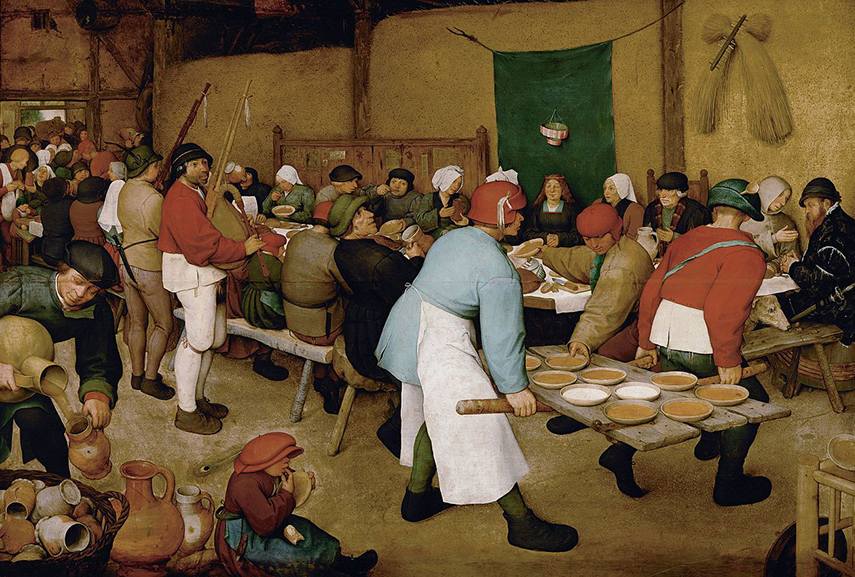
Hierarchy of Genres
From this standing point, we might be asking ourselves why paintings were ranked, in the first place. To understand this, we need to go dorsum to the Renaissance and try to envisage the mood of the era. The academic hierarchy of the genres was adopted as a organisation representing the values appreciated by the academics from this period. According to this bureaucracy, individual artworks were assessed and placed into various categories: history painting, portraiture, genre painting, landscape and even so life. Since the Renaissance was pretty much about reclaiming and following the antiquarian ideology and their moral lawmaking, they believed that the highest grade of creative expression was figurative depiction dedicated to the human form. In that sense, pictorial representation that centered around the homo body was more important, or as some would say, more noble than the one that depicted still life or landscapes. Too, the hierarchy was partly organized co-ordinate to 1 other principle, which is the brandish value of each category. A difference was existence made between public and domestic expositions.[1]
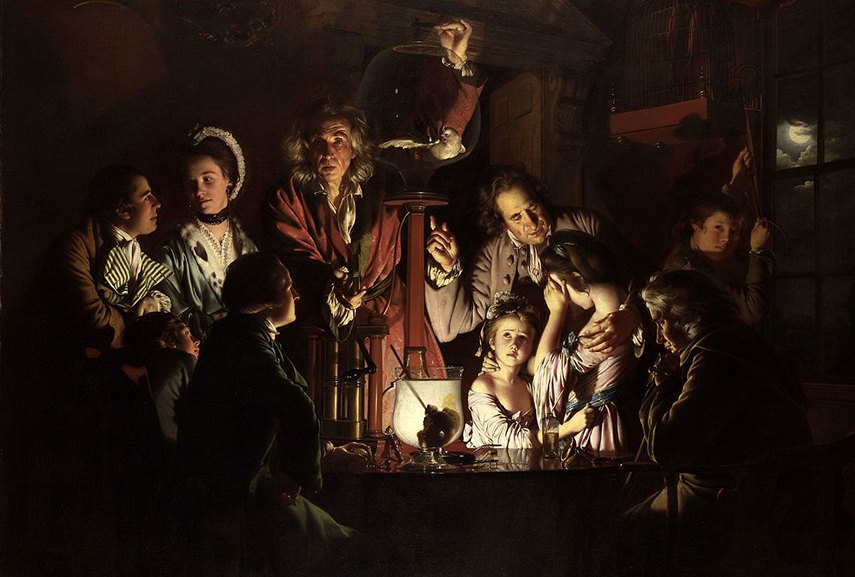
Academic Evaluation in the Renaissance
This system faced a lot of controversy even back in the day. Considering of a greater appreciation of history painting and portraiture, many still life and landscape artworks were marginalized, even if they were, stylistically and technically, much more outstanding. Furthermore, history painting was given the title of the grande genre, pregnant that it was considered the most "artistic" of all. Most of history paintings pictured religious scenes, oftentimes allegorical and therefore seen as morally uplifting and affirmative. This left little space for other types of art to exist considered in the same calorie-free and to progress. Furthermore, it was mandatory for the artists to adapt to the rigorous academic system in order to be considered as worthy practitioners at all, or in other words, to remain role of the academy.
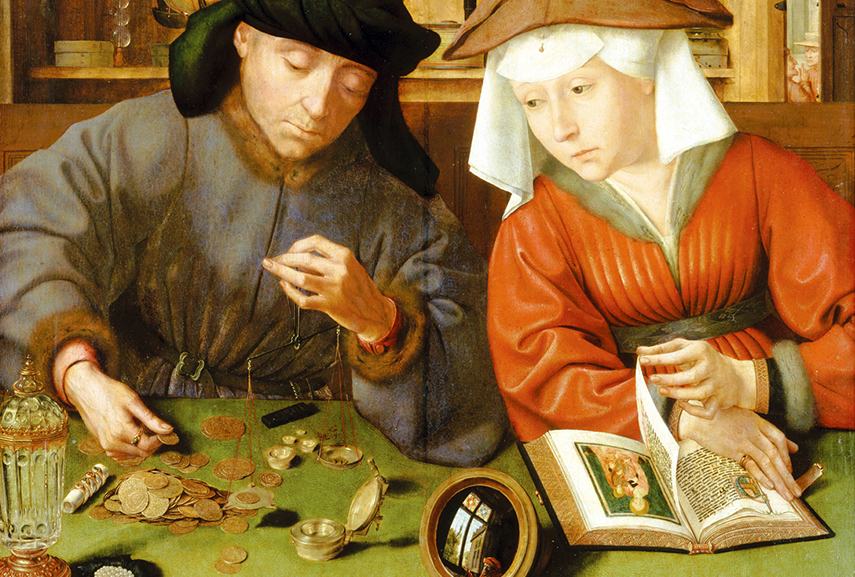
Reception of Genre Painting
Genre painting was a peculiar crossover between these categories. It did, undoubtedly, regard the homo effigy and experience, but its narrative was not as inspiring (at to the lowest degree not to the academy). In terms of their potential to astonish, these artworks were considered less powerful than history painting and portraiture (the latter referring to the larger-than-life portraits of patrons who were often rich and influential, or sometimes the portraits of historical or mythical beings). They were more oft displayed in homes and domestic environments, than in any other context. In that sense, genre painting was closer to the two less appreciated genres.
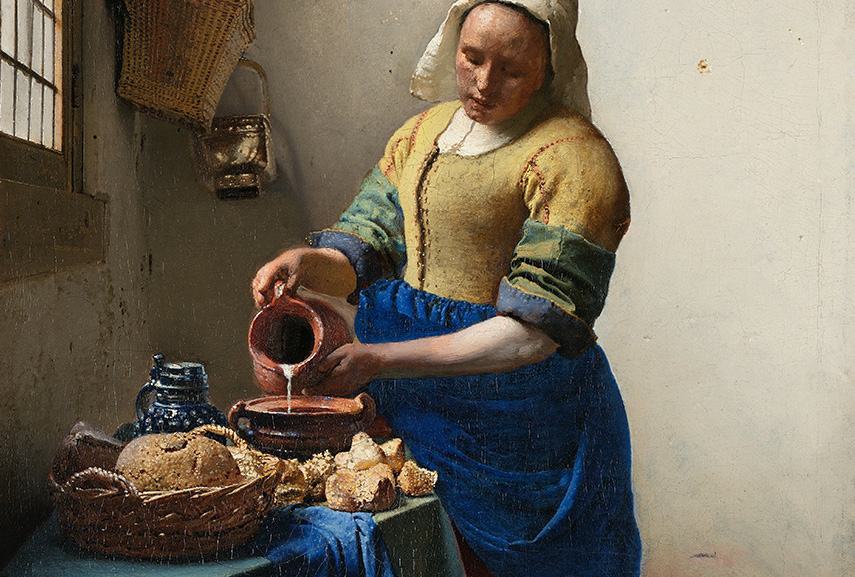
How Genre Painting Became the Number Ane Genre in Northern Europe
Subsequently 1517, the countries from northern Europe abased Roman Christianity and started pursuing the Protestant faith. This is remarked as one of the crucial moments for the development of genre painting and the significance it has gained over fourth dimension. Instead of insisting on expensive decorations to furnish their churches and luxurious public displays, the Protestants rejected frescoes entirely. This had a major influence on the authors from the northern-European countries, such as the Netherlands and Frg. They started turning to patrons who belonged to the middle class and whose interest was simply to embellish their homes with small scale "feel-good" paintings that they were able to relate to. This is non to say that the Italians were unfamiliar with this genre, simply simply that the Catholic outlook was negligent towards its potential. Interestingly enough, this turn from fresco to oil painting was followed by a piece of trivia. Hstorians believe that the climate in the northern countries played an important role in this switch to easel painting, since the air was too humid for preservation of frescoes.
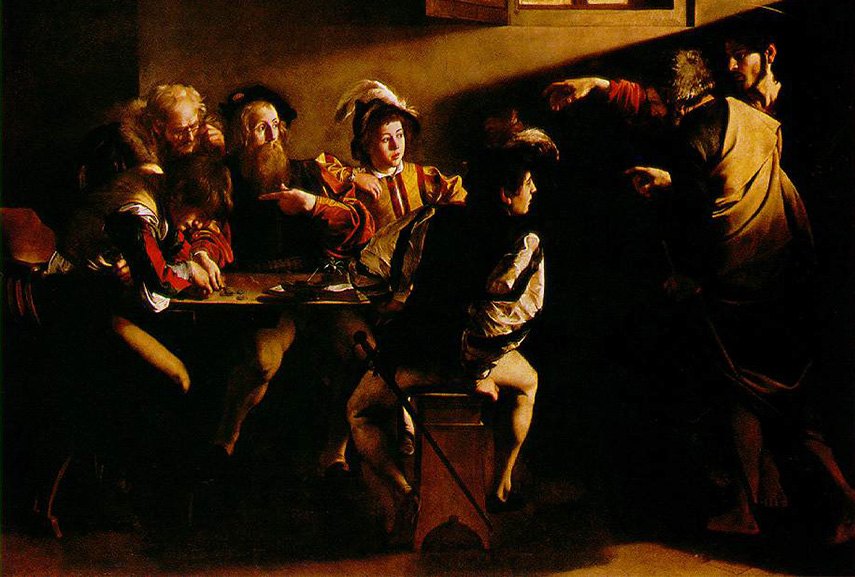
From the Dutch Realists to Post-Impressionists
The showtime wave that was primarily dedicated to genre painting was the Dutch Realism motility. It emerged in the 17th century equally a form of Dutch baroque, and it helped this style grow as an independent artistic branch, operating through five primary schools: Utrecht, Haarlem, Leiden, Delft and Dordrecht school. The most mutual subjects included situations from peasant or soldier life, daily pleasures, social events and scenes of drunkenness. Dutch Realists combined people, nature, architecture and still objects as parts of their elementary, civic narratives. Moreover, artists such as Johannes Vermeer, January Steen and others influenced a bulk of their contemporaries across Europe, including the ones from Flemish region, England, Italy, France and Espana.[two]
Afterwards in the 19th century, at that place had been a gradual pass up of religious motifs as an engaging discipline affair. Equally opposed to the religious or emblematic content, ordinary scenes had become more interesting sources of inspiration. This item transcendence was followed by a significant modify in terms of calibration - finally, genre painting had met the large canvas. This was a menstruation in which some of the most notable genre painters became known, such equally the French Gustave Courbet and Jean-Francois Millet, or the British painters such as William Powell Frith and David Wilkie. In Italy, i of the first proponents of this new, "heroic" type of genre painting was Pietro Longhi, although many would debate that Caravaggio played with a unique, sublime blazon of genre painting in his own time (meet Caravaggio's Calling of Saint Mathew, which seems like a genre painting at outset glance, but nonetheless contains many hidden religious motives). Another peak had happened during the Impressionist and Post-Impressionist era. Monet, Cezanne, Manet and Degas are just some of the artists whose works you'll find representative in this regard.
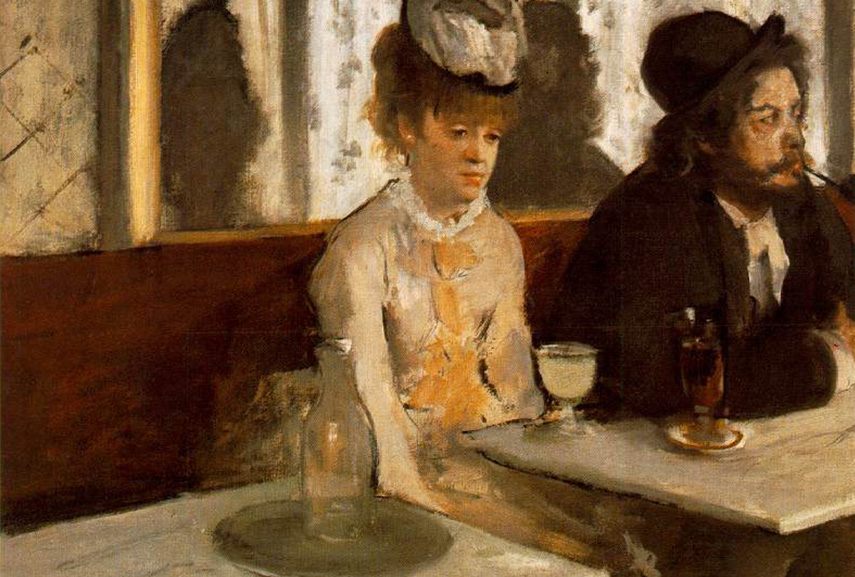
Fine art in the 20th Century
The first half of the 20th century was marked by an emergence of a few historical realisms, such as the American Realism and Socialist Realism. The former was direct influenced by the Ashcan School which placed emphasis on the social attribute of realism equally such, introducing the category of social realism (not to be confused with Socialist Realism mentioned above). Their painters portrayed the American city life in a non-arcadian manner, just like the realists did with the characters of non-representative nature, such equally prostitutes, drunks and center-class men. This Courbet-derived type of realism deployed genre painting as a technique that served as a social-form amanuensis in 20th century fine art. Whether intentionally or not, this particular category was politically engaged in the evolution of a commonage consciousness that renders an ordinary human being equally integral function of the art world. [3]
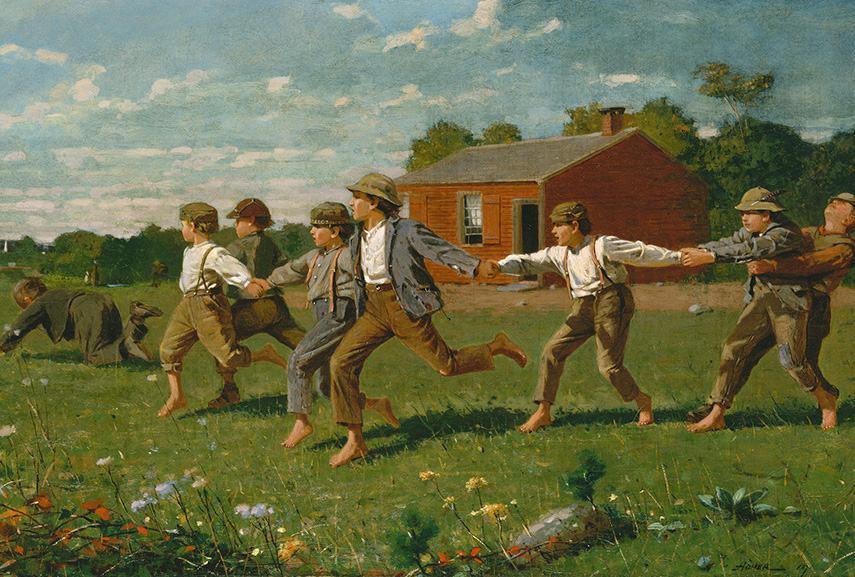
Painting During and After the Modern Fine art Era
Only when talking about art in the 20th century, figurative painting is not really the get-go thing that comes to our minds, is it? Given that the era was marked by pregnant adjustments in thinking, it is the well-known shift from figuration to brainchild that changed the face of painting as we know it today. During the past 100 years, the ideas about art and what it could mean accept been changing. Modernism introduced the universal linguistic communication, which gave impetus to a different style of looking at painting. Instead of imitating scenes from everyday life through a mimicking depiction, artists started producing shapes and figures of their own imagination. They no longer felt a demand to stand for reality, rather, it was more likely that they would invent a different reality. Intellectualized rather than sensational, visual arts became as complex as language itself, without any narrative fastened.
After the Modern era supposedly ended, information technology was clear that figuration will probably never be entirely abandoned. Even so, fine art didn't go back to its pre-modern state. Rather, it became liberated then as to have on any form the writer may find suitable. Nonetheless, the question is whether genre painting, as an increasingly pop thematic constraint from the early Modern and pre-modern period, remained the aforementioned in the 20th and the 21st century. Is its part in the society the same? Does information technology inform and illustrate, equally information technology used to, the new working class and their lives, in the same spirit?
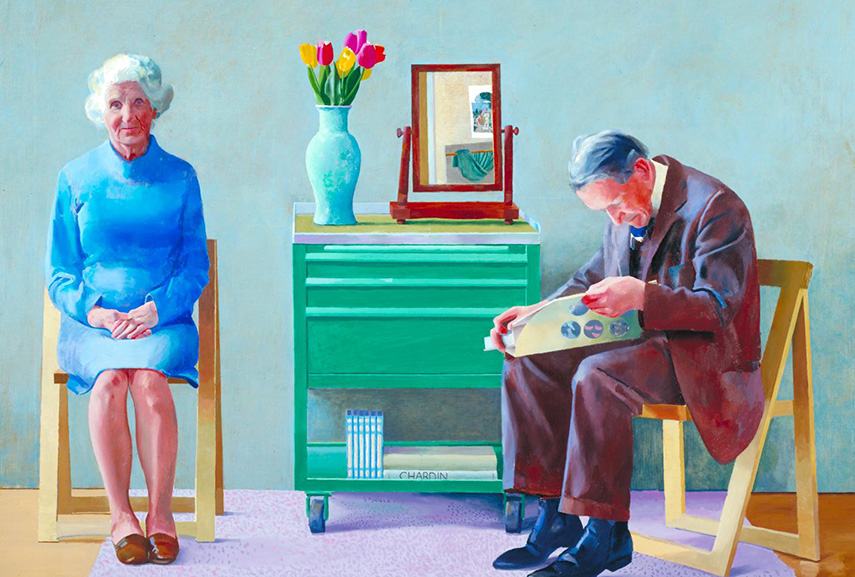
Recognizing Genre Painting in Our More Recent Past
After De Stijl, Bauhaus, Suprematism and like movements that attempted to establish a unlike kind of expression in fine art, there was a slight reversion dorsum to figurative painting in Europe during the 1930s and the 40s. However, this catamenia was considered regressive and politically-charged due to its link to the Nazi movement. When the Second World State of war was over, one of the closest links to everyday-life on canvas was found in Pop Art and its new kind of appreciation for the mundane object. Hockney is certainly one of the painters whose work from the tardily 60'due south and the 70'due south was somewhat similar to the initial principle behind genre painting, even if slightly idealized or afflicted past a particular social status (take a look at some of his paintings from this period). Even if not all pop artists depicted situations that included people, the choice of their subject affair exemplified a certain fascination with the ordinary and the common. In that sense, even Wayne Thiebaud'due south still life paintings stand for the pleasures of ordinary life in a genre-painting sense of the term.
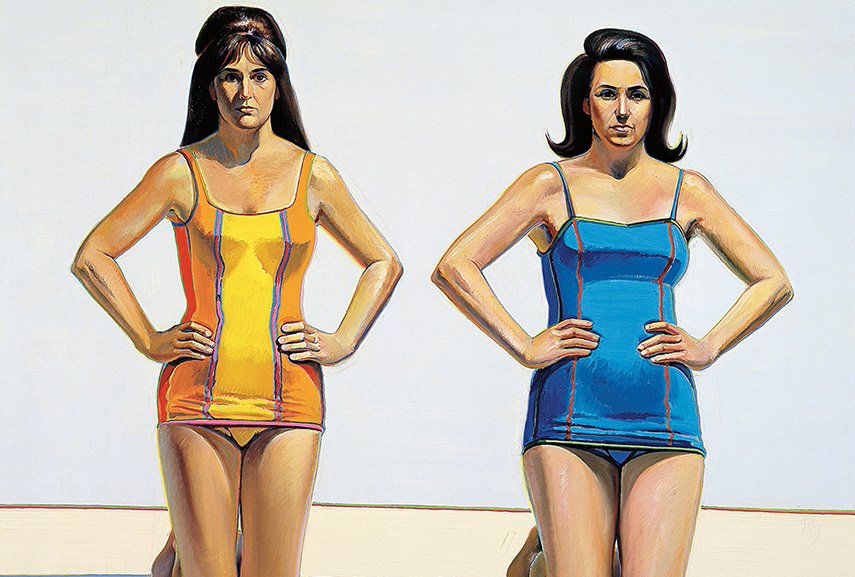
Genre Painting in Gimmicky Art?
Finding connections between gimmicky fine art and genre painting seems easier than information technology truly is. A lot of contemporary painters apply themselves to figuration, and many of these artists seem to exist dealing with scenes from everyday life. However, due to a lack of lucidness in this era, nosotros are not entirely sure which of these situations are real, and which are invented or imagined. Furthermore, the fact that the painter depicts a seemingly common state of affairs does not need to exist an end in itself, because, quite similar Caravaggio, a contemporary painter may employ his/her characters equally proxies in society to convey messages and hide meanings. On the other hand, the author may intend not to strike us with the narrative equally much as with the color, the temper, the texture or any other aspect of the artwork.
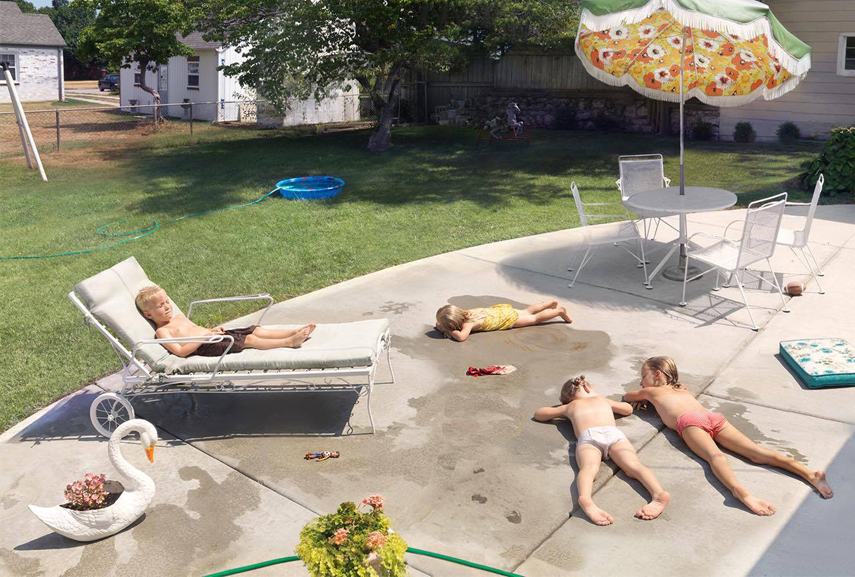
Possible Relationship Between Genre Painting and Photography
Another affair worth considering is the fact that they didn't take cameras in the Renaissance. We are familiar with the factual nature of photography and how valuable it is as a source of knowledge and data. This is also the reason why information technology has always been positioned between art and documentation, and why it was not considered art at all until recently. Notwithstanding, photographing everyday life has become a fascinating trend, being introduced to the art globe by Andy Warhol (even if it was not his initial idea to present his photographs as artworks at all). Ordinary people and life every bit it is have turned out to be just as amazing every bit fantasy. One's ability to recognize and capture these moments is comparable to that of the painters from the 17th, the 18th and the 19th century - having in mind that our age is the age of mail service-medium.[4] Such are the works by Juergen Teller, Richard Billingham or Julie Blackmon, for example. That said, Blackmon's inspirational statement from her website may come every bit a perfect closing line for this fence.
"The Dutch maxim 'a January Steen household' originated in the 17th century and is used today to refer to a dwelling in disarray, total of rowdy children and boisterous family gatherings. The paintings of Steen, along with those of other Dutch and Flemish genre painters, helped inspire this body of work. I am the oldest of 9 children and now the female parent of three. As Steen's personal narratives of family life depicted nearly 400 yrs. ago, the conflation of art and life is an expanse I have explored in photographing the everyday life of my family and the lives of my sisters and their families at home. These images are both fictional and auto-biographical, and reflect not but our lives today and as children growing upwardly in a large family, but also movement beyond the documentary to explore the fantastic elements of our everyday lives, both imagined and existent."[five]

Editors' Tip: Dutch Seventeenth-century Genre Painting: Its Stylistic and Thematic Evolution
Historians call the period between 1600 and the opening years of the 17th centuries the Golden Age in Dutch Realism. During this period, genre painting went through a meaning development, having been articulated past the hands of the peachy masters, such as Vermeer, Steen, de Hooch, Dou, etc. Looking at these artworks besides helps us see the stories behind them, and most of them are interpreted and explained in this book, past a well-known scholar interested in this subject thing, Wayne Franits. This comprehensive evolution of genre painting in Holland is accompanied past over a hundred illustrations, and it is recommended to anyone interested in getting a deeper sense of what was going on in this part of history.
References:
Featured images: Jan Steen - Beware of Luxury, 1663; Diego Velasquez - Las Meninas, 1656; Adriaen van Ostade - Peasants in an Interior, 1661. All images used for illustrative purposes only.
Source: https://www.widewalls.ch/magazine/genre-painting-art
0 Response to "What Is the Subject Matter in Art What Is a Genre in Artwork"
Post a Comment